Integration of mindfulness in the classrooms for stress reduction and increased academic achievement.
by Bailie Miller


1. Benefits/Effectiveness
1.1. Student behavior
1.1.1. Self-regulation skills
1.1.2. Social-emotional ability
1.1.3. Empathy
1.2. academic benefits
1.2.1. Attention Skills
2. Why/Need for mindfulness
2.1. Stress
2.2. Anxiety
2.3. Depression
2.4. Suicide
3. Participants believed that incorporating mindfulness into the classroom can improve student well-being through increased self-awareness and emotional regulation. https://files.eric.ed.gov/fulltext/EJ1253514.pdf
4. Greater self-reported mindfulness correlates significantly with better academic achievement and behavioral outcomes. Students assigned to the mindfulness intervention experienced reduced perceived stress and improvements in sustained attention. These students also experienced reduces response of the amygdala to negative stimuli (emotional stress response brain structure). https://files.eric.ed.gov/fulltext/ED601227.pdf
5. Thirty percent reduction in general anxiety and a nine percent reduction in social anxiety. A fifty-five percent reduction on the cognitive subscale of the Beck Anxiety Inventory was reflected, however only an eleven percent reduction on the physiological subscale was shown. The overall outcome showed that mindfulness training may be helpful in reducing or counteracting negative cognitions, such as self-deprecation and excessive worrying. https://files.eric.ed.gov/fulltext/EJ1017927.pdf
6. A significant reduction in anxiety in the treatment group was found, however, no significant changes in mindfulness were found. https://files.eric.ed.gov/fulltext/EJ1131852.pdf
7. Ways to integrate mindfulness
7.1. Designed Programs
7.1.1. SMART Program: Stress Management and Using Relaxation Techniques- Margaret Cullen.
7.1.2. MindUp: Mindfulness program for elementary- by Hawn Foundation
7.1.3. CARE Program: Cultivating Awareness and Resilience in Education- Patricia Jennings
7.1.4. Other online resources
7.2. Other Strategies
7.2.1. Yoga
7.2.2. Visuals
7.2.3. Breathing techniques
8. Time of integration
8.1. Start of day
8.2. Before Recess
8.2.1. Decrease recess behavior problems
8.3. After Recess
8.3.1. Refocus
8.4. Before Math
8.4.1. Math anxiety reduction

